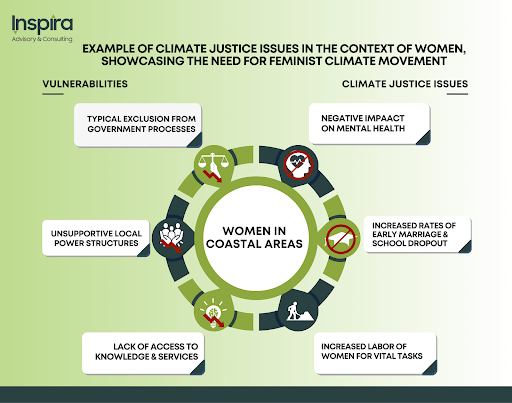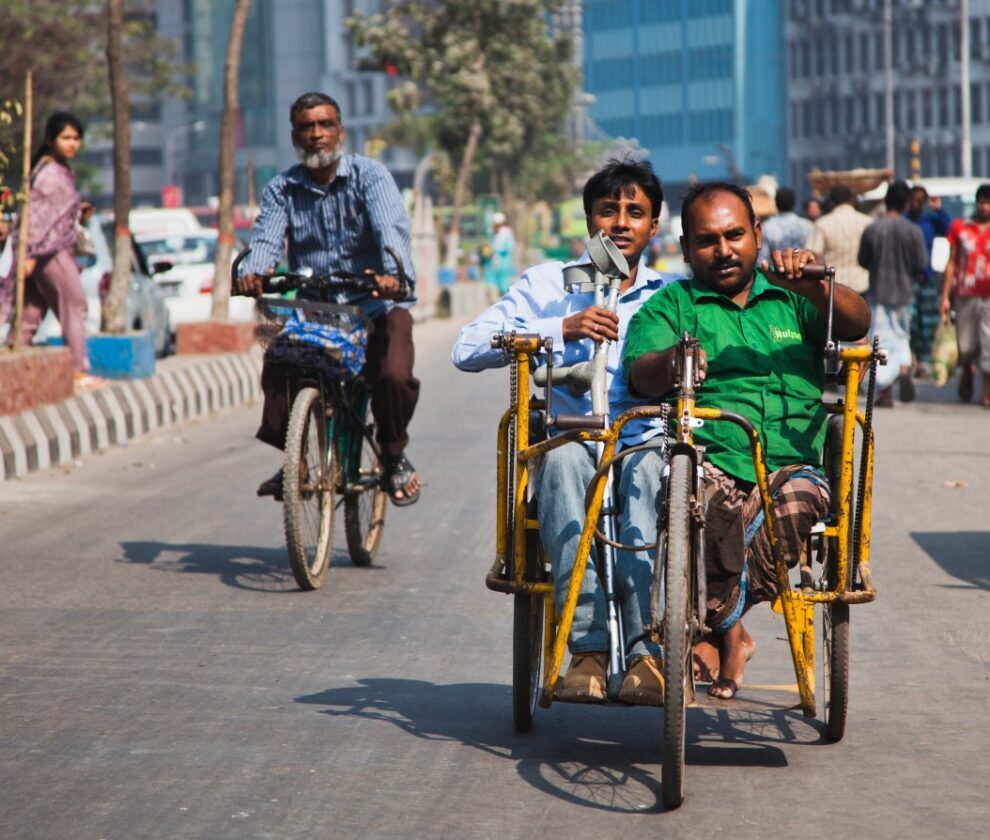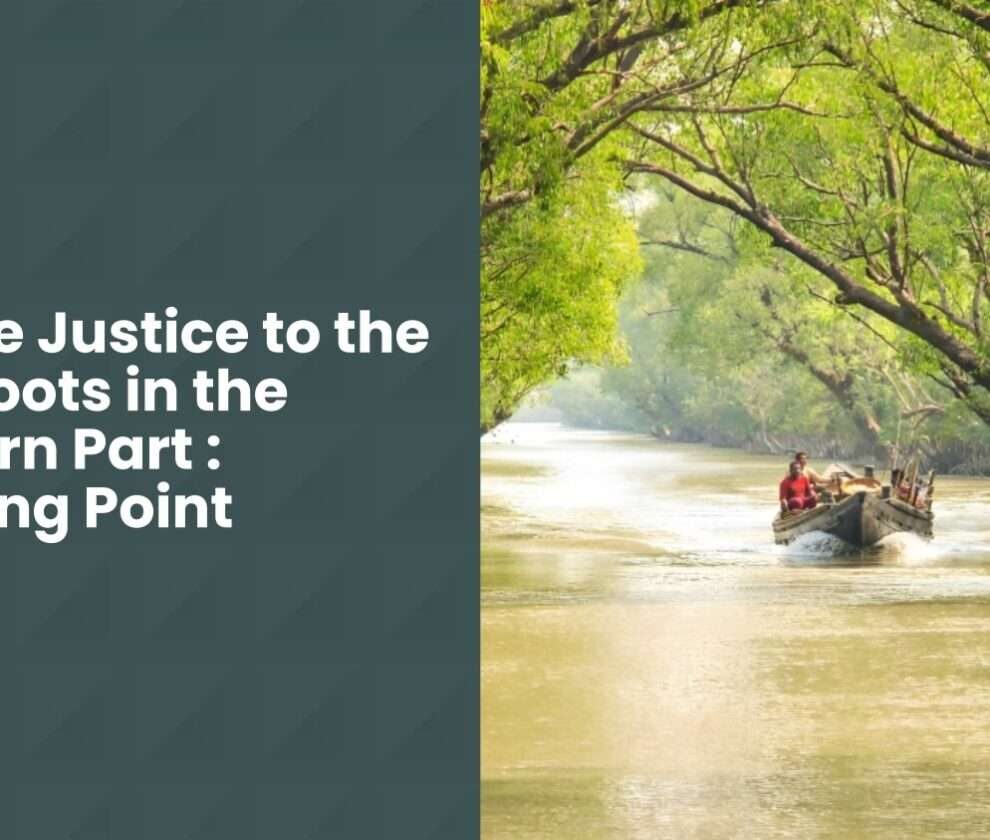As climate change exacerbates social inequities, oftentimes policymakers center their attention on climate justice at the regional and global level. However, to translate the essence of climate justice into reality, it is crucial to shift focus toward the policy needs of marginalized communities living in low-emitting,impoverished nations. Bangladesh, a small deltaic country in South Asia is undisputedly recognized as one of the most vulnerable countries to climate change (ranked 7th among the most affected due to climate change according to the Global Climate Change Risk Index 2021).2 The southern coastal part of the country is facing some adverse scenario linked to climate change, that are damaging the local natural ecosystem, disrupting people’s livelihoods and affecting people’s daily course of life, particularly women. Examples can be drawn from the project areas of Khulna, Satkhira and Cox’s Bazar. In Koyra upazila of Khulna, the level of salinity in freshwater soars up to 25-30 PPT in summer against the tolerable limit of 5-6 PPT, hampering large scale crop production.3 In Moheshkhali and Chakaria upazila of Cox’s Bazar, the incursion of saline water is destroying the aquatic ecosystem.4 Due to the salinity levels of 10 PPT, the women of Shyamnagar upazila,Satkhira travel several kilometers a day only to fetch pure drinking water.
Below are three examples of climate justice issues in the southern coastal part of Bangladesh in the context of feminist climate movement, ecosystem restoration and resilient livelihood- the three traits observed in an inclusive, climate just economy.

Figure 1: Example of climate justice issues in the context of women, showcasing the need for feminist climate movement

Figure 2: Example of climate justice issues in the context of ecosystem, showcasing the need for ecosystem restoration

Figure 3: Example of climate justice issues in the context of livelihood, showcasing the need for resilient livelihood
Reaping the Benefits of Blue Economy and Ensuring Inclusive Development
The coastal part, despite its vulnerability to climate change-induced events, is endowed with vast marine and inland water resources and thus contains huge potential to reap the benefits of the blue economy. Blue economy prospects in Bangladesh includes diverse sectors such as fishery, aquatic products, coastal shippings, sea port, inland waterway transport, energy like oil and gas, ocean renewable energy and coastal tourism etc.Drawing example from fisheries sector alone- Bangladesh’s coastline spans 710 km and includes an exclusive economic zone of 200 nautical miles in the Bay of Bengal, with marine fisheries accounting for 19.40 percent of the country’s total fish production.The Hilsa shad, also known as Tenualosa ilisha, is the largest and most economically valuable fish species, with an annual catch of 340,000 metric tons, generating employment and income for 2.5 million people valued at $US 1.3 billion per year.
It is estimated that if properly utilized, the blue economy has the potential to contribute approximately 4% of Bangladesh’s GDP.12 However, the adverse impacts of climate change-induced events and difficulties in handling them are impeding the potential (Figure 2 and Figure 3). Therefore, the Blue Economy Approach needs to be emphasized, as it will generate sustainable and inclusive livelihoods.13 So there is no room for considering blue economy and inclusive development apart. This blue economy approach will have a balance between conservation and utilization of marine resources, to secure a productive marine economy and healthy marine ecosystem, paving the way for climate justice for all.
In the intricate tapestry of climate justice, one crucial piece often overlooked is the plight of marginalized communities in the southern part of Bangladesh. As climate change wreaks havoc on their lives, it is imperative to shift our gaze towards the grassroots. From the escalating salinity levels crippling crop production to the decimation of the fragile aquatic ecosystem, the ramifications are severe, particularly for women. Embracing a feminist climate movement, revitalizing ecosystems, and fostering resilient livelihoods are the cornerstones of an inclusive, climate just economy. Furthermore, by harnessing the potential of the blue economy while preserving marine resources, we can unlock sustainable and inclusive development. Let us act in unison, intertwining compassion and innovation, to weave a future where climate justice flourishes in every thread of society.




